Nobska Light
I must admit that it took me many, many years to discover the town of Falmouth, its village of Woods Hole, and the Shining Sea Bikeway, the glorious bike path that goes for 10 miles and terminates in Woods Hole right at the ferry terminal.
Since that discovery, I’ve been there many times, and I almost always take the time to bike (or to walk) about one mile from the village to Nobska Light. Built on a hill, it’s a great place to watch sunsets, when it always attracts a small but enthusiastic crowd.
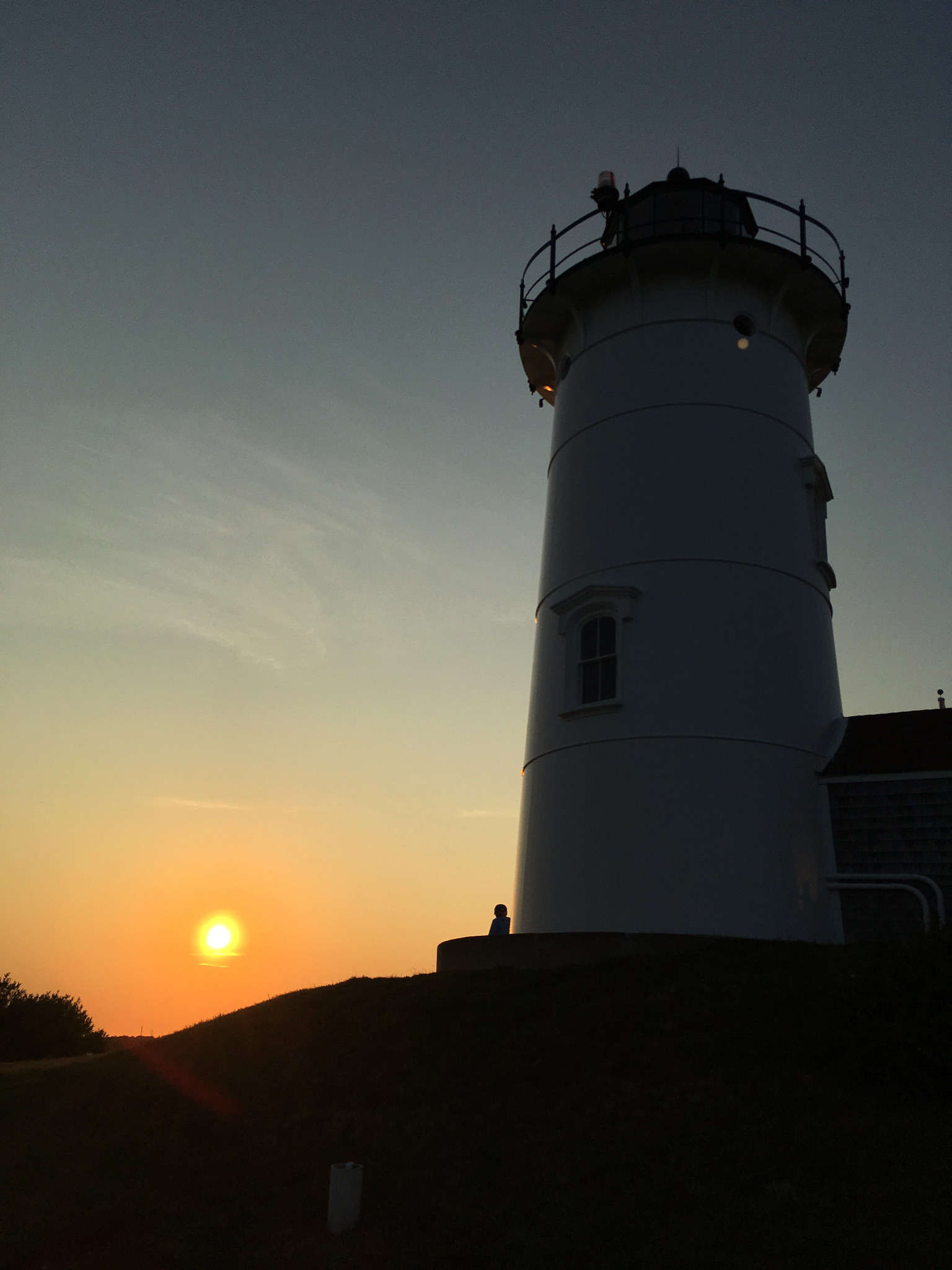
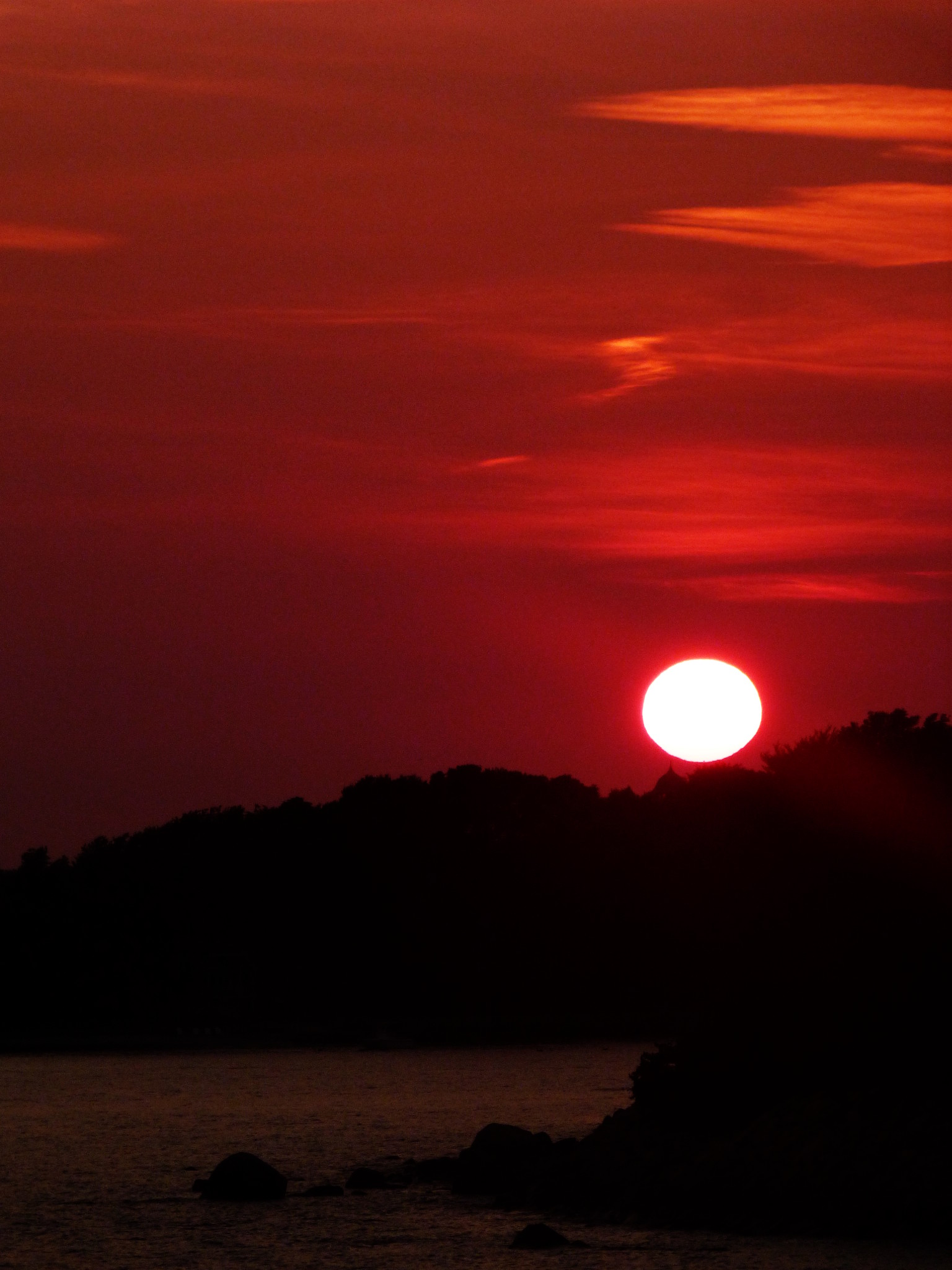
And then the sun sets behind Woods Hole, the short summer dusk turns dark, we walk back along the sea and the beaches, and the light starts flashing behind us, one white flash every six seconds.
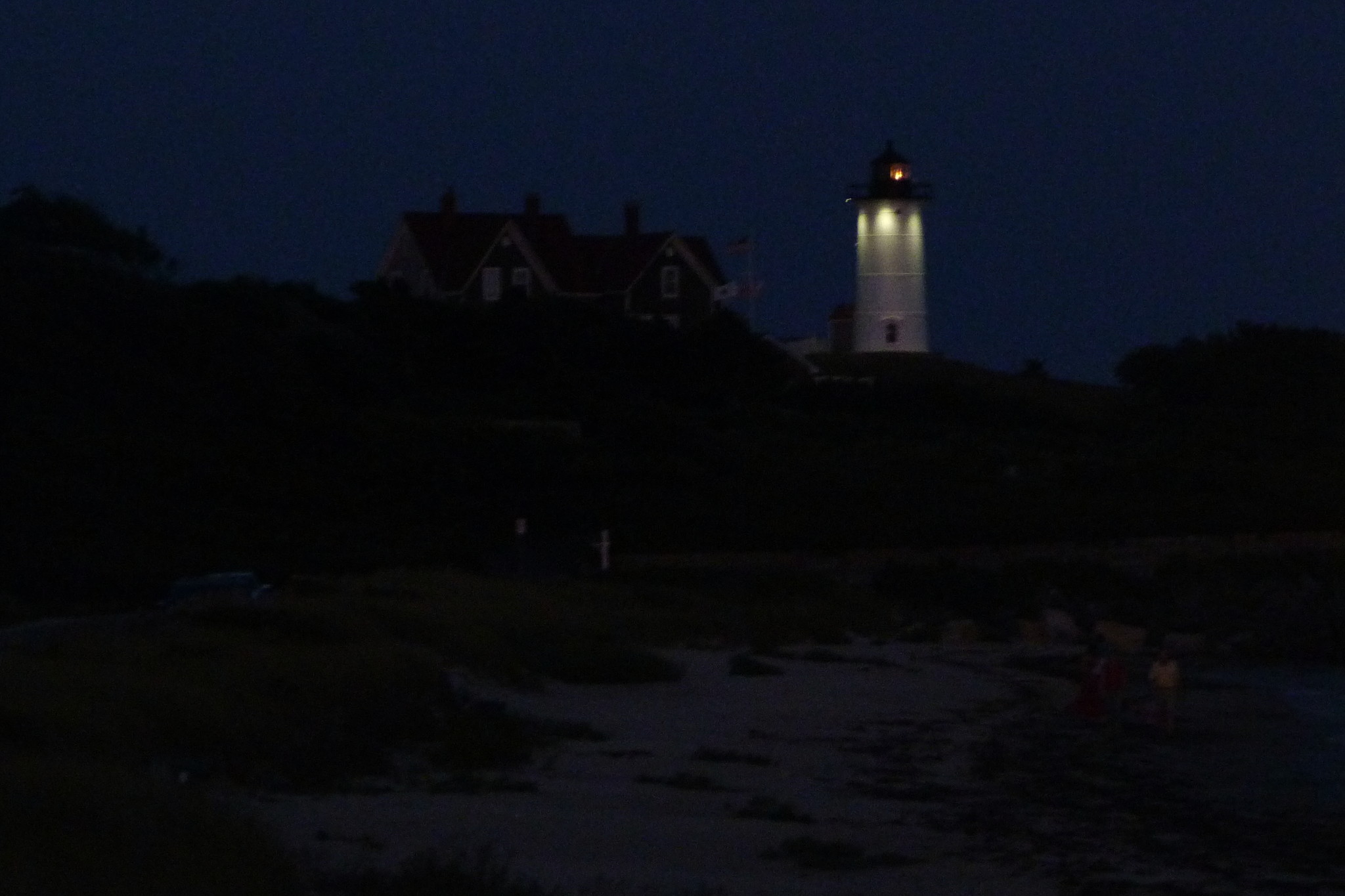
I also saw it from sea many times — from the ferries, leaving Woods Hole for Vineyard Haven or Oak Bluffs on Martha’s Vineyard, and then coming back.
But of course actually reaching it under sail on your own feels very different. When you are a passenger on a regularly scheduled ferry, a lighthouse is just a part of the landscape. You enjoy it. You take its pictures. Now, sailing on your own, — especially for the first time, especially a slow-going sailboat, especially in challenging conditions, — a lighthouse becomes a pathfinding sign, the way it is meant to be. I was really glad to see it, glad and reassured
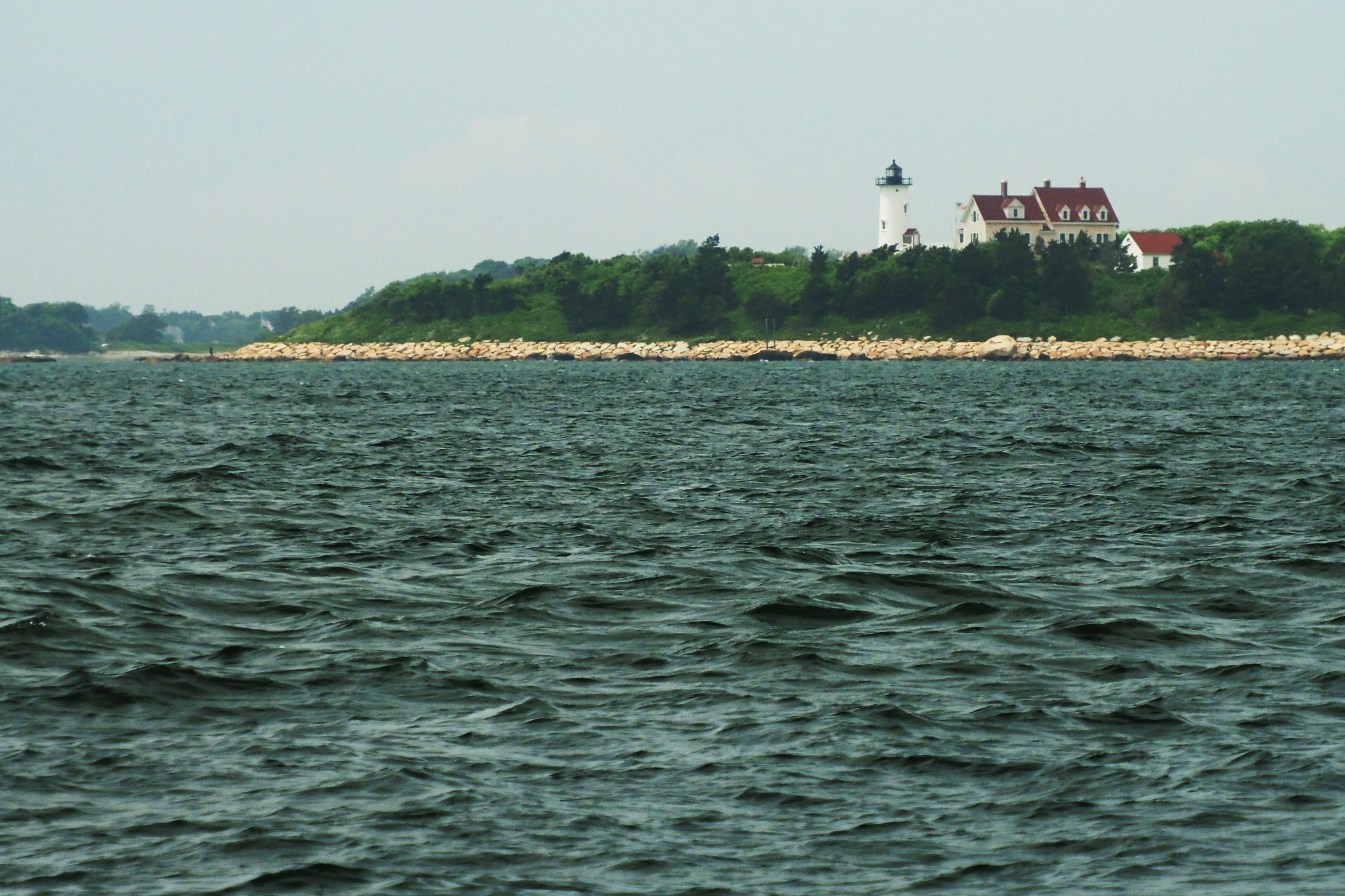
In the early 1800s, the village of Woods Hole had a substantial whaling fleet. In addition to that, as we discussed before, the passage of Woods Hole was and is a critical transit point between Buzzards Bay, Vineyard Sound and Nantucket Sound. Given all that, the need for a lighthouse was obvious, and Nobska Point provided an obvious location — a hill by the shore, close to Woods Hole, and visible from all directions. Woods Hole in general is at the southwest corner of Cape Cod. An interesting tidbit: Nobska Point is also the southernmost point of the Cape proper (not counting the islands).
So in 1828, the federal government purchased four acres on Nobska Point for $160, and went ahead to build the first incarnation of Nobska Light. It was a typical early Cape Cod lighthouse: a wooden keeper’s house with an octagonal lantern room on top. We’ve seen one example before in the photo of the original Edgartown Light.
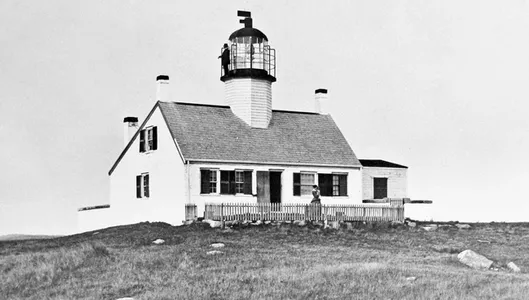
Through much of the nineteenth century, the lighthouse keepers had to count the vessels that passed by their light. This left a lot of data for the historians to analyze, and anecdotes for us to retell. For example, on one day in 1864, 188 vessels (including 175 schooners) had passed by Nobska Light.
In 1876, the lighthouse was rebuilt as a 40-foot cast-iron reddish-brown tower. It still stands there, just painted white these days.
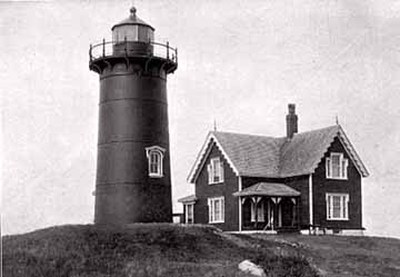
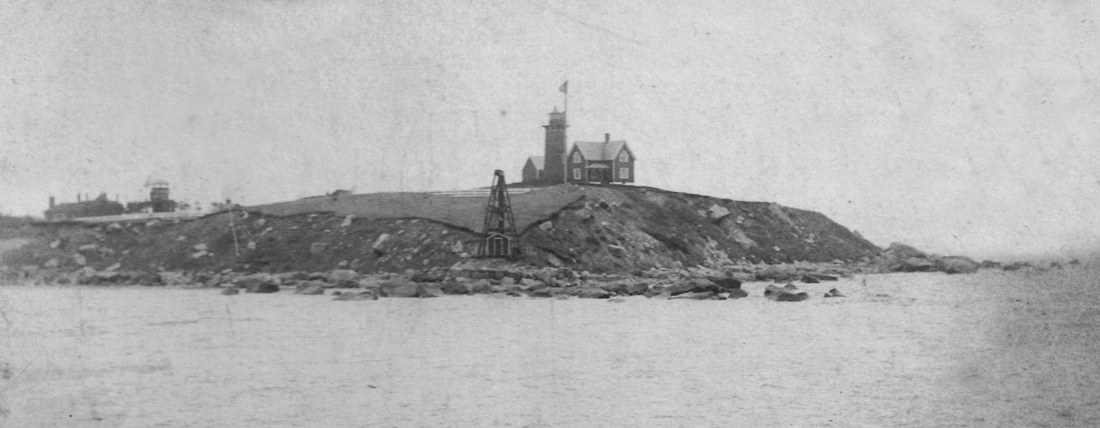
As in almost all other lighthouses we explored (Derby Light in Salem being one notable exception), there was always a keeper’s house next to Nobska Light’s tower. In 1907, there was a second house added — for the assistant keeper and his family. Later the two houses were joined into one big mansion.
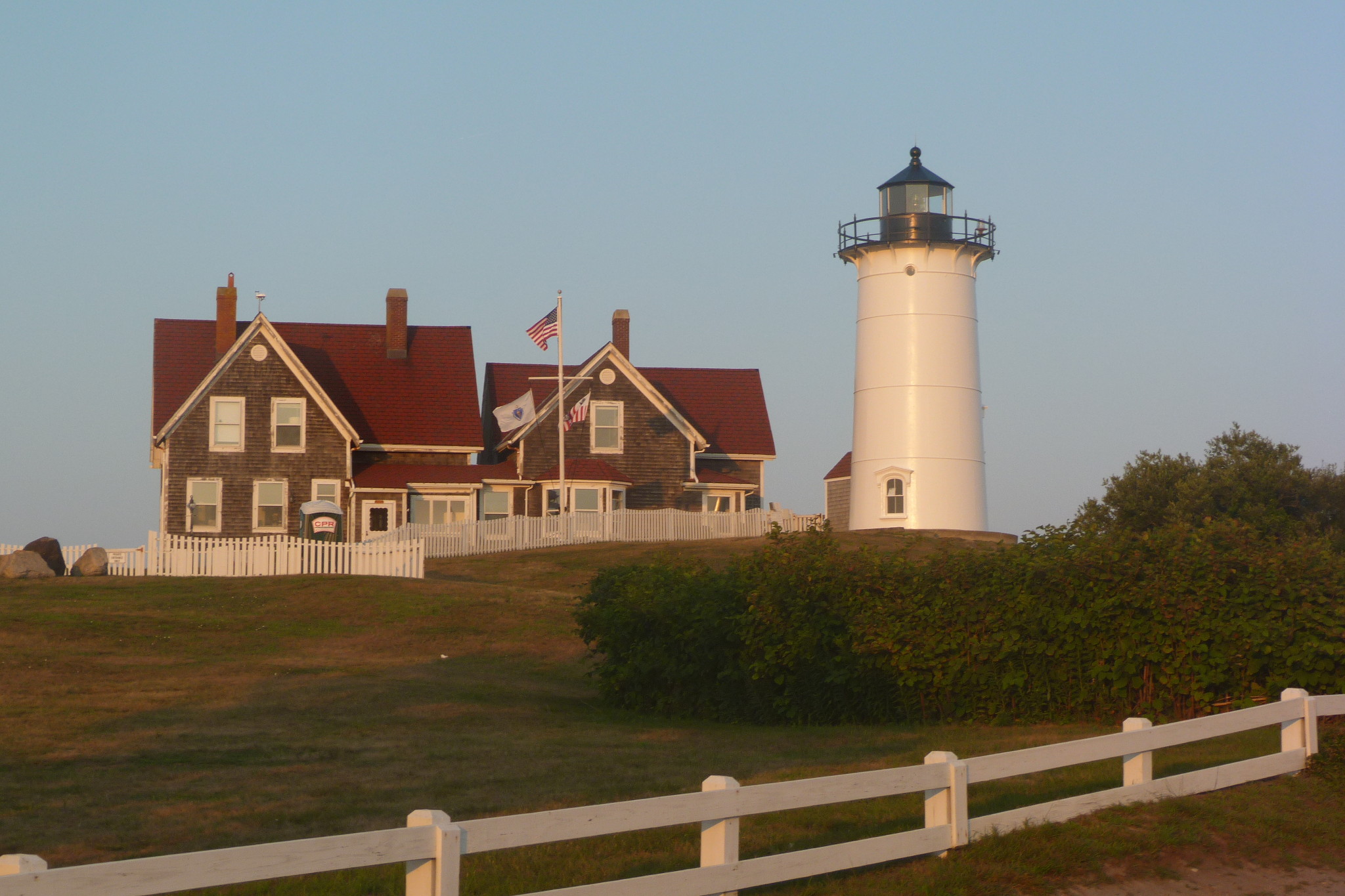
This mansion has really affected the fate of the lighthouse. In 1985, when the light was automated, the local Coast Guard commander (of what is called today Coast Guard Sector Southeastern New England) made it his residence, and for the many years the lighthouse was thus under protection of the Coast Guard, which didn’t try to get rid of it.
After many years, however, the house was in a bad shape, and the Coast Guard decided that it would be easier to get rid of the entire thing. In 2016 they gave it to the town of Falmouth. The lighthouse and the mansion are managed now by a non-profit organization, Friends of Nobska Light. They renovated the lighthouse tower, and had been giving tours recently, thought the pandemic has put that on hold. (I have not been, so patiently waiting for the pandemic to go away). They are also renovating the mansion now, and plan to turn it into a museum.
In my report of our cruise I talked at length about the tricky and challenging passage of Woods Hole. As we approached it from the Nantucket Sound side and tacked a few times in front of Nobska Light to properly position ourselves for the Woods Hole approach, it stood there as a sign post, as a bookmark for this chapter of our journey. I took the helm, and we committed ourselves to the transit. As we were passing the treacherous channels of Woods Hole, I kept looking over my shoulder.
Nobska Light stood there encouragingly. I knew that it had my back.
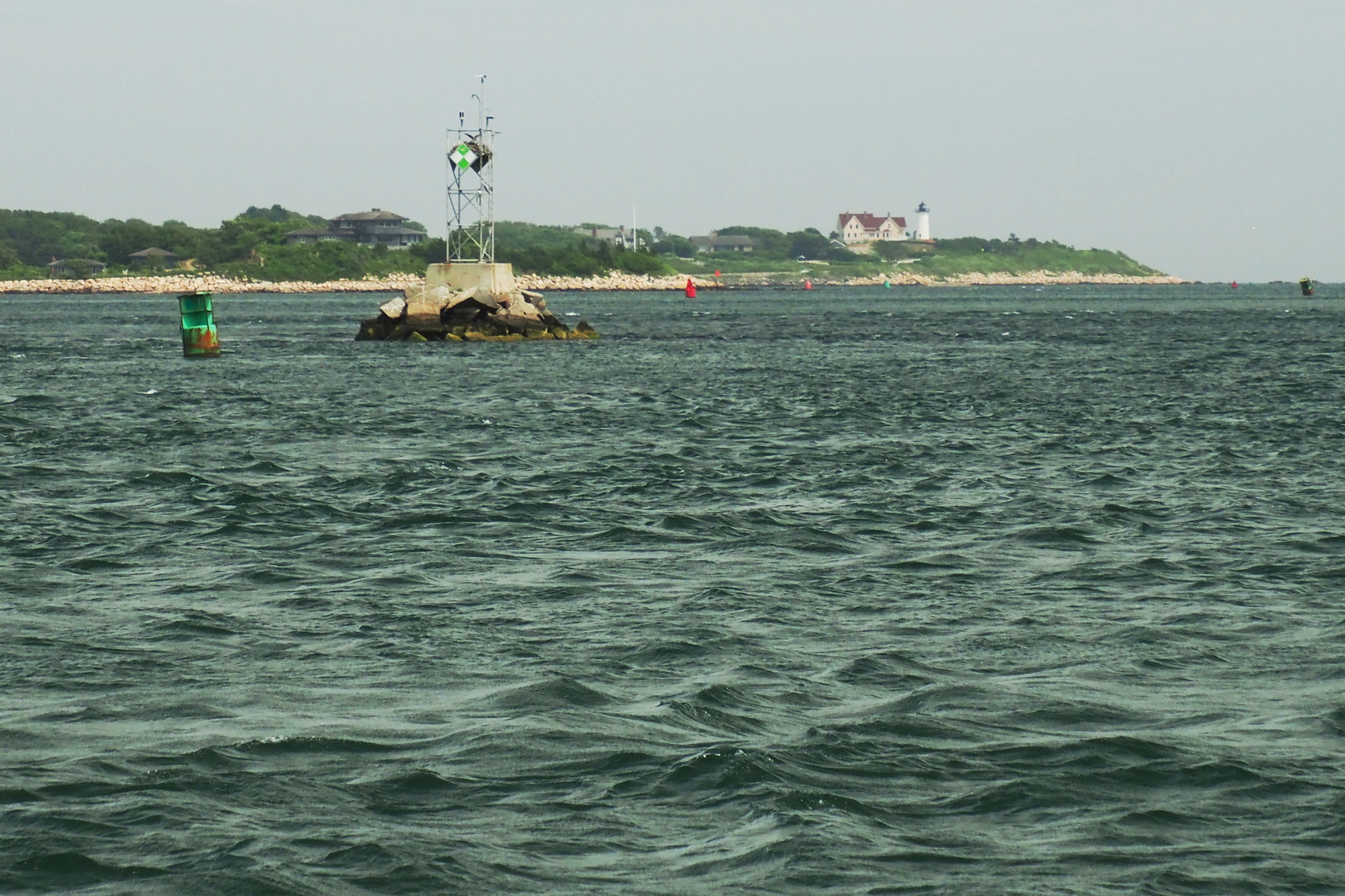
Subscribe via RSS